Bangs can be tricky. What looked fresh and fun at one point might start to feel a little off a few years later—and not always for the reasons you’d expect. Hair texture shifts, face shape subtly changes, and suddenly the same fringe you’ve worn for decades isn’t doing you any favors anymore.
This doesn’t mean bangs are off the table after 50, but some styles just don’t age as gracefully as others. In this list, we’re taking a look at bang styles that often stop working around this stage—and why. It’s not about following rules, but about finding something that really fits where you are now, not where you were then.
Thick Blunt Bangs
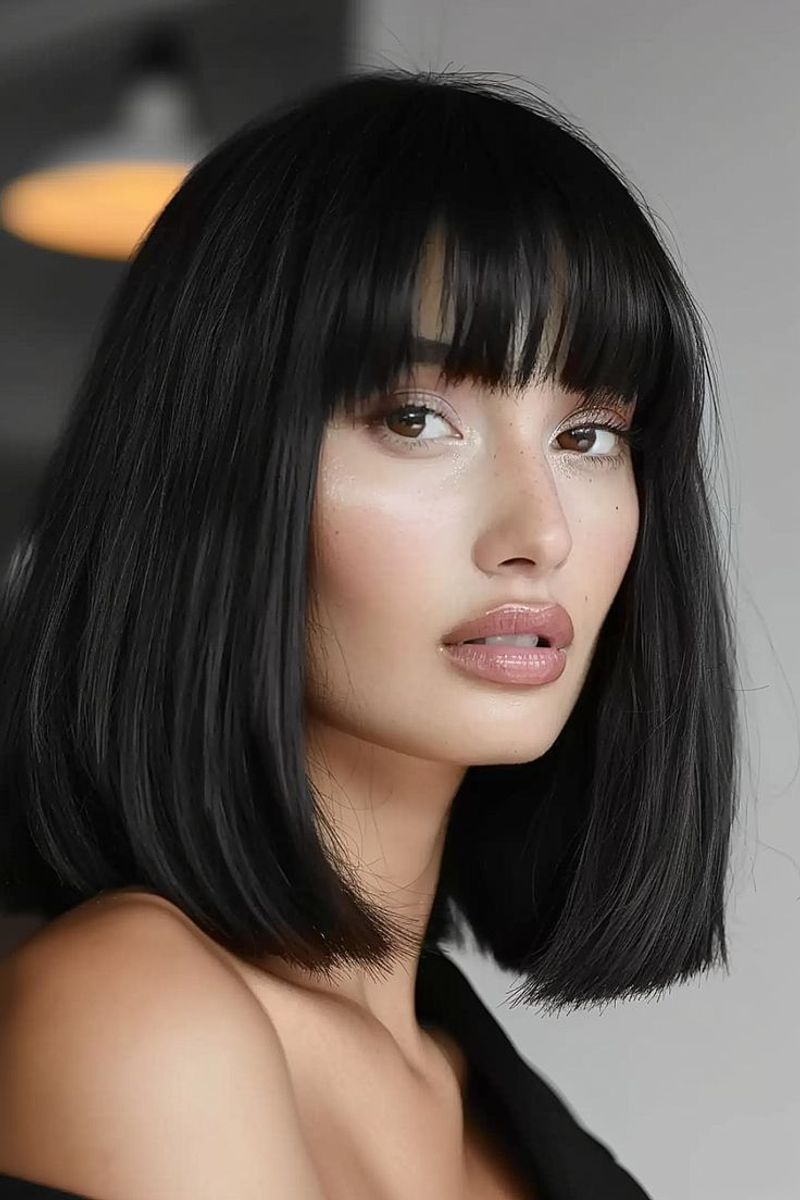
Thick blunt bangs can be overwhelming for mature faces. They have a tendency to hide the eyes and create a heavy appearance. As we age, softer, more textured styles tend to enhance natural beauty.
These blunt styles may also emphasize forehead lines, rather than softening them. Consider opting for wispy or side-swept layers that frame the face more gently.
Did you know? Blunt bangs were a major trend in the 1960s, popularized by icons like Audrey Hepburn, but today’s tastes lean towards lightness and movement.
Micro Bangs

Micro bangs can be a daring choice, but they often create too harsh a line that contrasts unfavorably with softer, mature features. These ultra-short bangs draw attention to the forehead, which might not be ideal for everyone.
Subtle fringe can be a better alternative, offering a lighter touch. Consider longer, feathered bangs that softly blend with the rest of the hair.
Fun fact: Micro bangs first became popular in the 1950s and have made a comeback in various forms, though not always flattering for every age group.
Straight-Cut Bangs
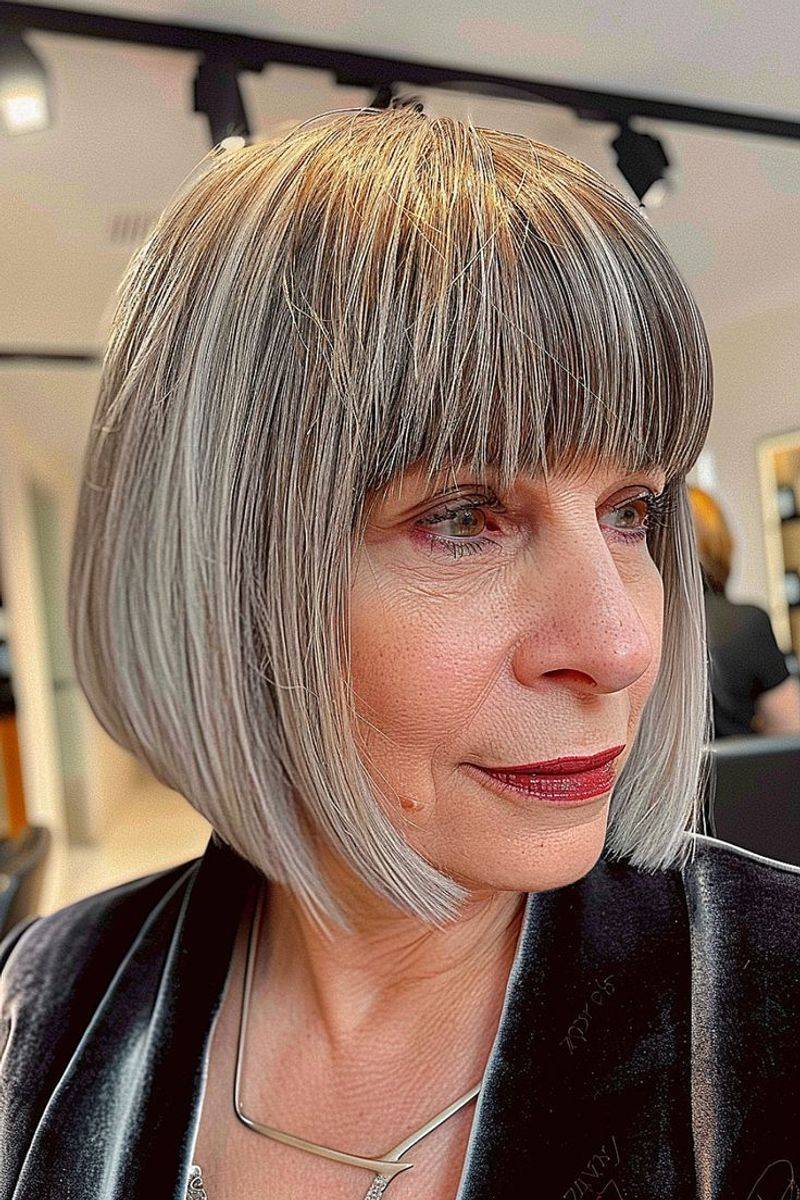
Straight-cut bangs can sometimes appear rigid and unyielding. As we age, hairstyles with more flow and movement are often more flattering. Straight bangs can look severe, which might not be the best for softer, aging skin.
Instead, opt for bangs with a slight wave or curl to add life and character to your look. This can help complement a more relaxed, graceful style.
In history, straight-cut bangs have been a staple of sleek looks, but softening up can bring a new vibrancy.
Baby Bangs
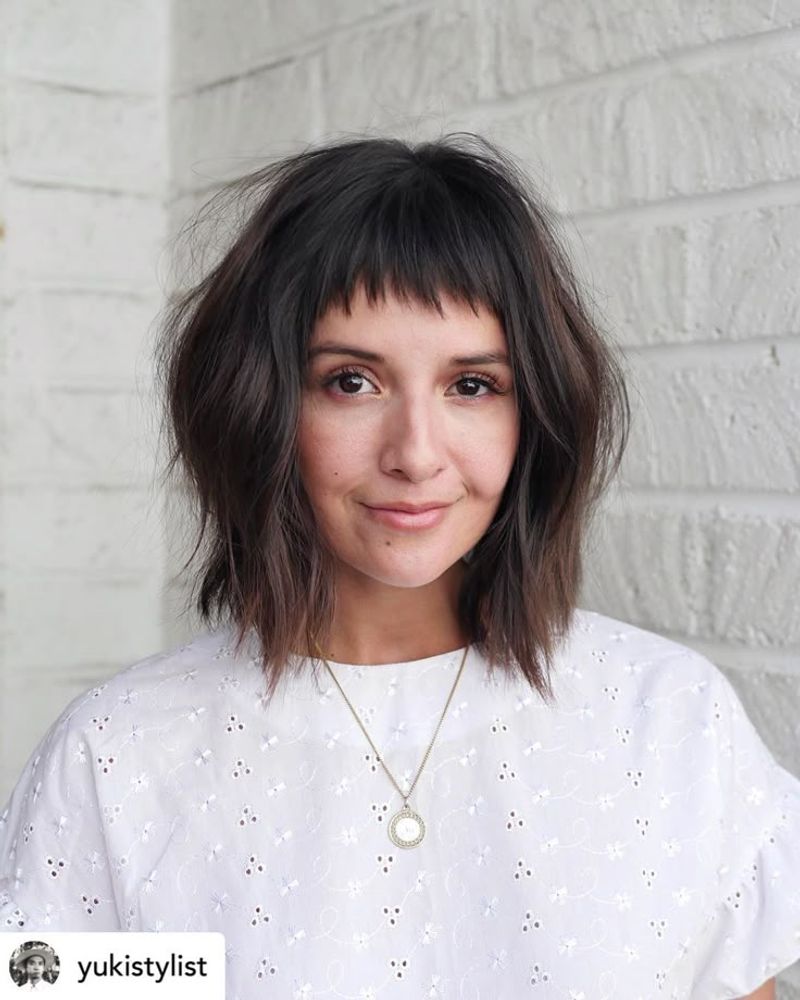
Baby bangs are a bold choice that often brings an edgy look. However, they might accentuate lines and forehead features in a way that isn’t always flattering. These bangs can create a dramatic line that doesn’t blend well with more mature styles.
Consider a layered, softer fringe that gently caresses the brow. It’s about enhancing rather than overshadowing your natural beauty.
Baby bangs have a storied history in punk and avant-garde fashion scenes, but a gentler approach can be more age-appropriate.
Choppy Bangs
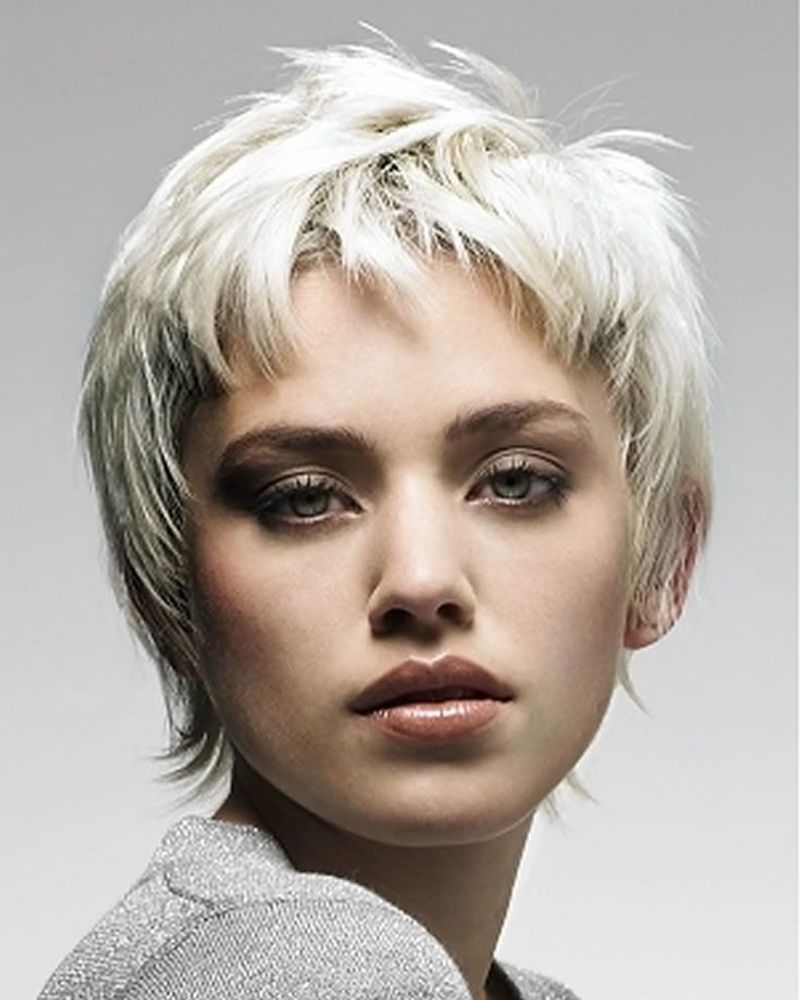
Choppy bangs can offer a youthful vibe, but they may also appear unruly. On mature faces, they can look as though they lack cohesion with the rest of a hairstyle.
Smoother fringes or softly layered bangs can offer a more polished and graceful appearance. This can also help in achieving a put-together look without seeming overly styled.
Interestingly, choppy bangs gained popularity in the grunge era, yet now, elegance in simplicity often prevails.
Heavy Curtain Bangs
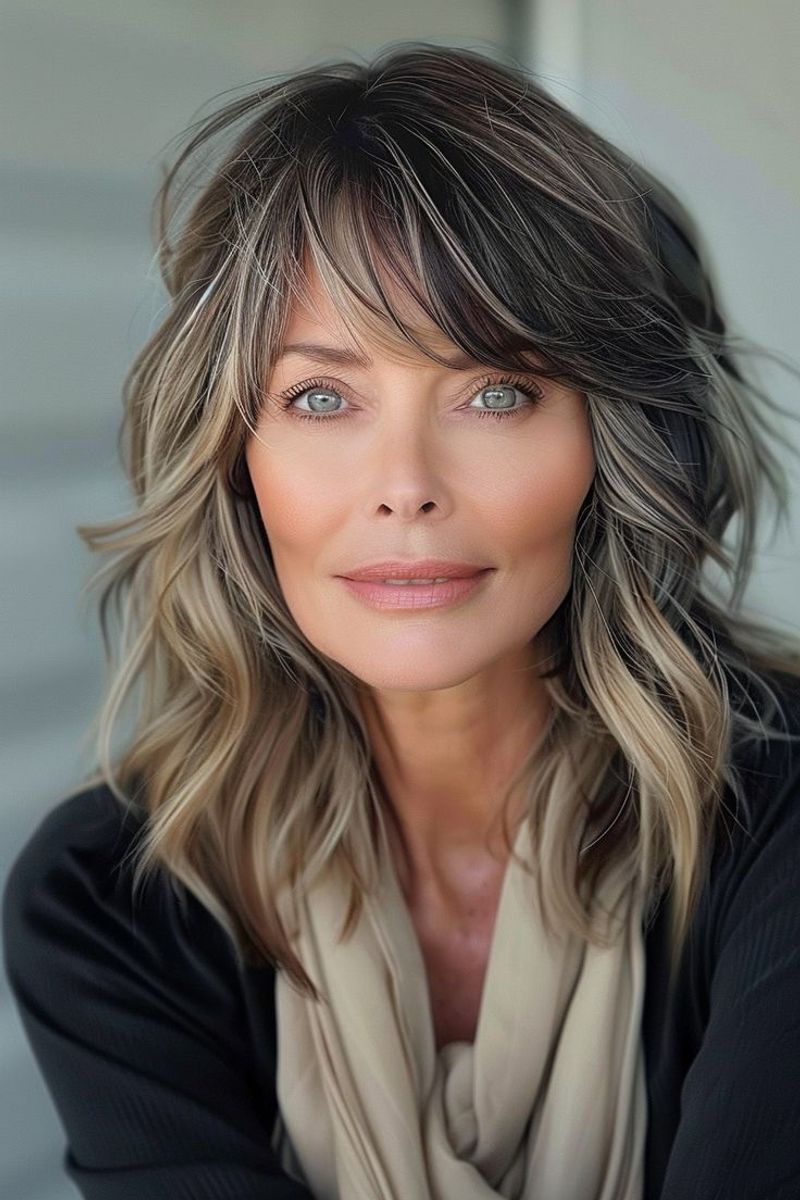
Heavy curtain bangs can obscure more of the face than intended, overshadowing delicate features. They can sometimes add unnecessary weight to a hairstyle, making the overall look appear dated.
Opt for lighter curtain bangs that frame the face softly, providing a fresh and lively look. This subtle change can bring harmony to your hairstyle.
Curtain bangs are reminiscent of the 1970s fashion trends, but a modern twist can do wonders for a mature aesthetic.
Angular Bangs

Angular bangs can introduce sharp lines that may not flatter every mature face shape. These distinct edges can sometimes exaggerate facial asymmetry or fine lines.
Consider softer, rounded bangs that gently contour to the face’s natural shape. This not only adds a touch of elegance but also complements aging gracefully.
Angular cuts have their roots in bold 1980s styles but softening up can enhance today’s natural beauty preferences.
Asymmetrical Bangs
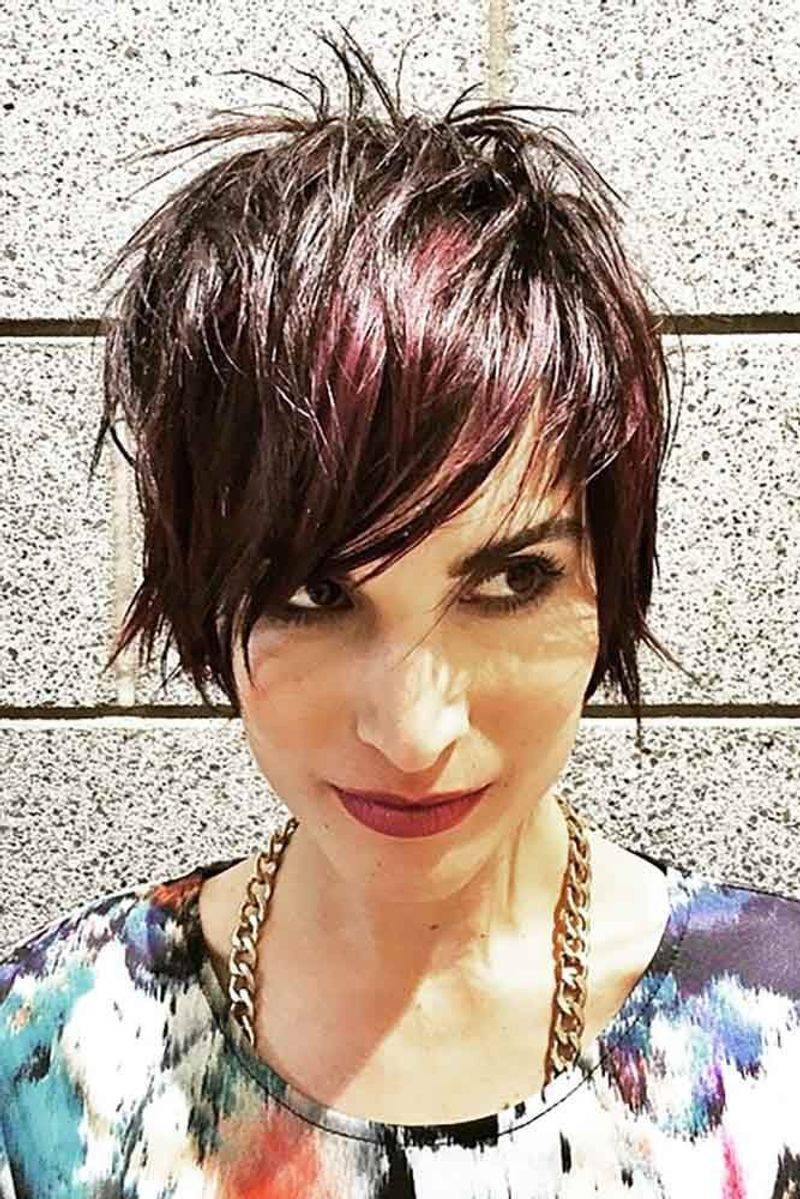
Asymmetrical bangs can appear avant-garde, yet they might not always suit a more mature aesthetic. The unevenness can draw unwanted attention to facial features that are better softened.
Balanced, symmetrical fringes can introduce harmony and elegance. This shift can accentuate the beauty of aging with grace and charm.
Did you know? Asymmetrical styles have often reflected artistic rebellion, but simplicity can beautifully highlight natural features at any age.
Thick Fringe Bangs
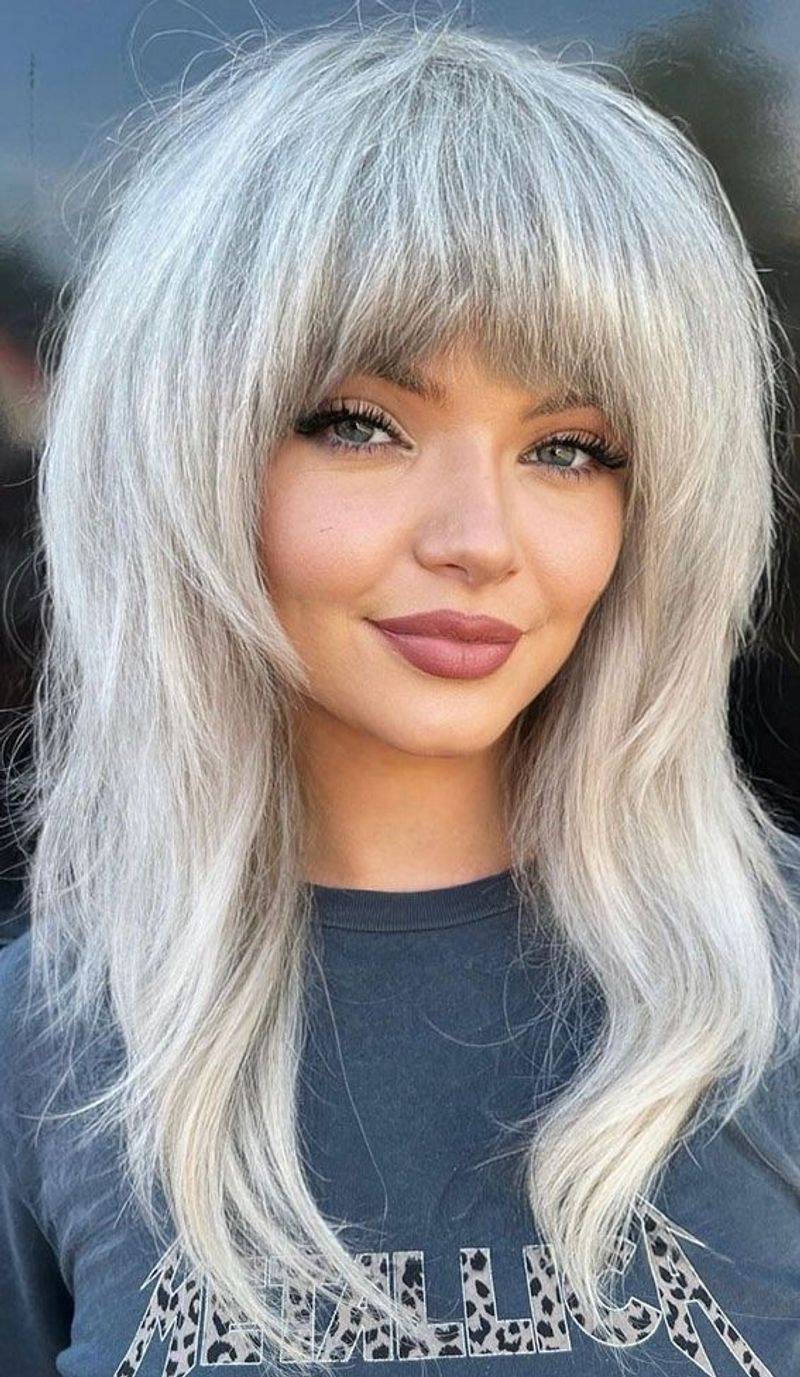
Thick fringe bangs often create a shadow, making features appear hidden and sometimes, heavier. In more mature years, a lighter approach can illuminate the face and add a sense of airiness.
Consider thinning out the fringe for a lighter, more breathable look. A softer touch can make all the difference in highlighting your best features.
Fringe bangs have long been associated with a chic, mysterious allure, but as we age, clarity and brightness can be more flattering.
Uneven Bangs
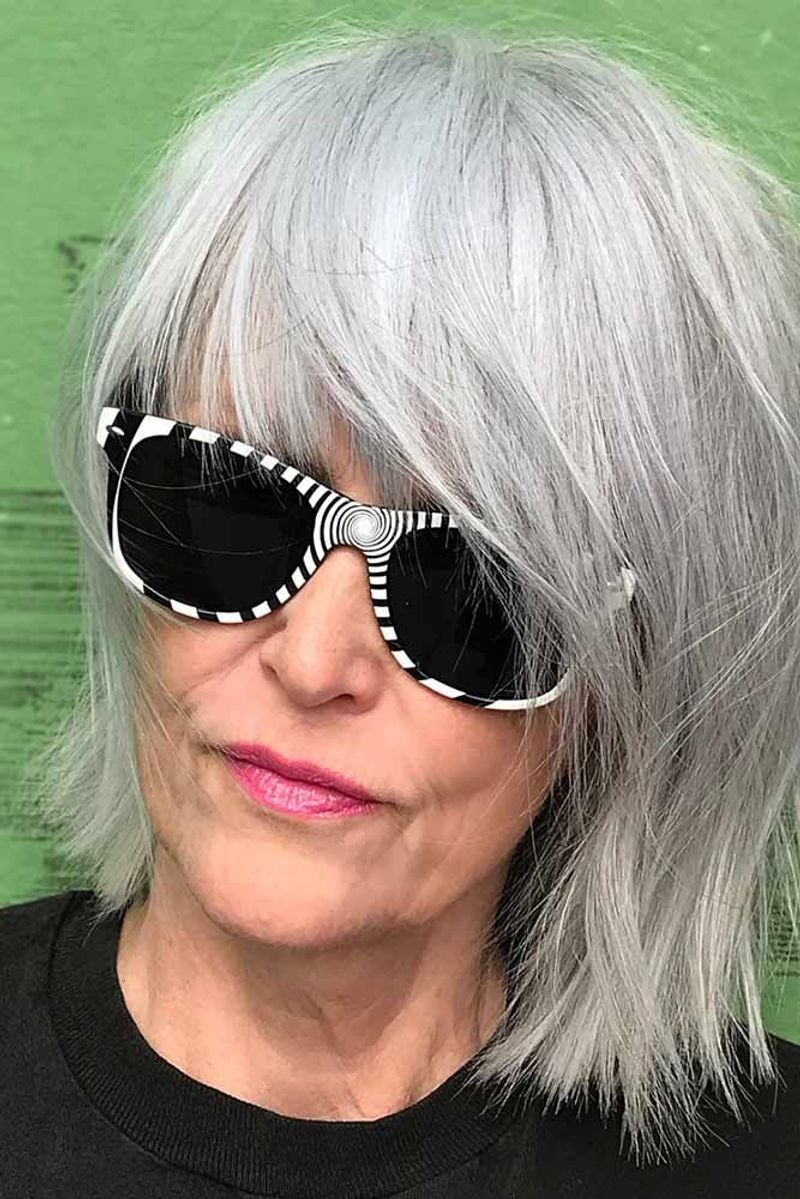
Uneven bangs can be daring, but they often introduce imbalance to the face. This style might draw unwanted focus to asymmetrical features or lines that are better minimized.
Opt for even, softly layered fringes that offer a balanced, harmonious look. This can enhance the natural symmetry of the face.
Uneven cuts have been popular in trend-setting circles, but maturity often calls for styles that embrace balance and grace.
Dramatic Side Bangs
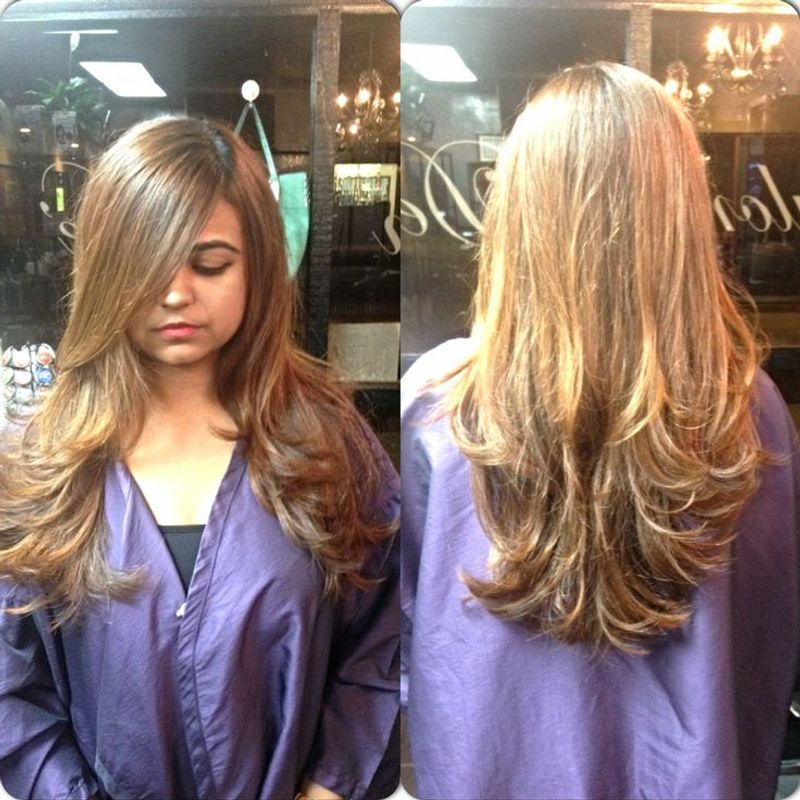
Dramatic side bangs can be alluring, yet they might overshadow more delicate features, creating an unbalanced look. These bangs can also make styling more challenging as they require constant adjustment.
Lighter and more subtle side-swept bangs can offer a chic, modern flair without overpowering the face. This balance can contribute to a graceful appearance.
Side bangs have been a part of many romantic styles, but a more understated approach often highlights natural beauty as we age.
Super Short Bangs
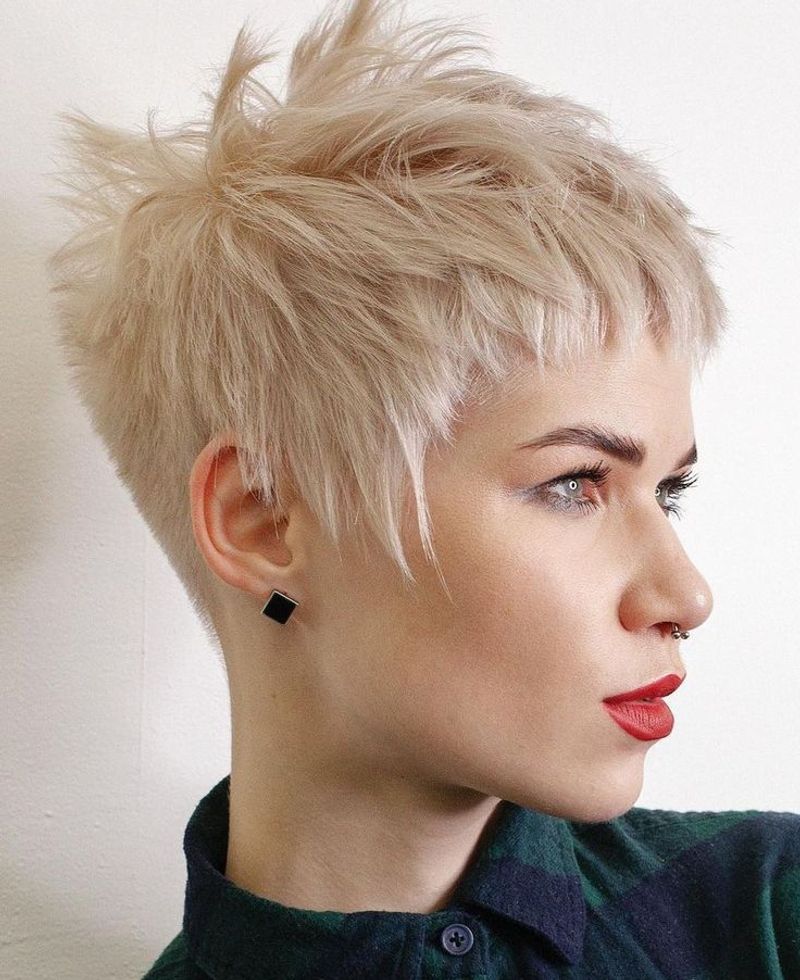
Super short bangs can reveal too much of the forehead, highlighting lines rather than softening them. These bangs tend to break the natural flow of the hairstyle.
Opting for longer, more blended bangs can create a harmonious and flattering look. This subtle adjustment can enhance your overall appearance.
Super short bangs have been daring and bold, but embracing length can offer sophistication and elegance.
Boxy Bangs
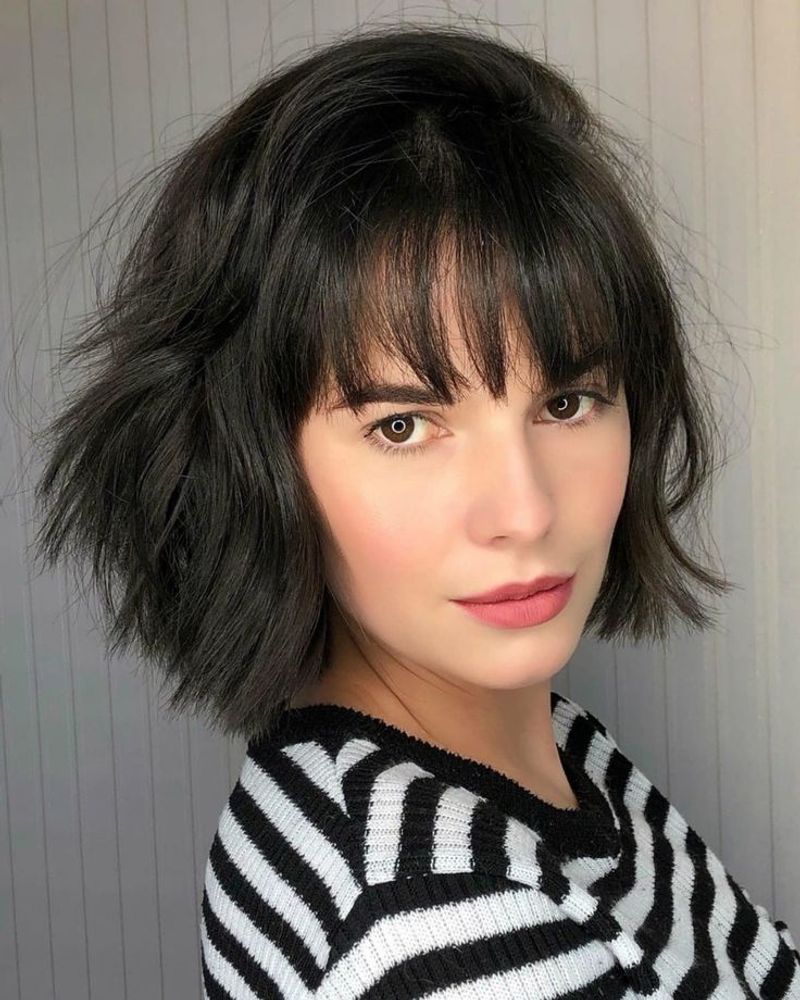
Boxy bangs form a structured, rectangular shape that might not suit softer, mature faces. They can appear rigid, conflicting with the natural curves of the face.
Softer, rounded bangs can harmonize with your facial features, enhancing the elegance that comes with age. This change can make a big difference in your hairstyle’s overall effect.
Boxy cuts were once a hallmark of architectural styles, but fluidity and softness tend to flatter better as we age.
Spiky Bangs
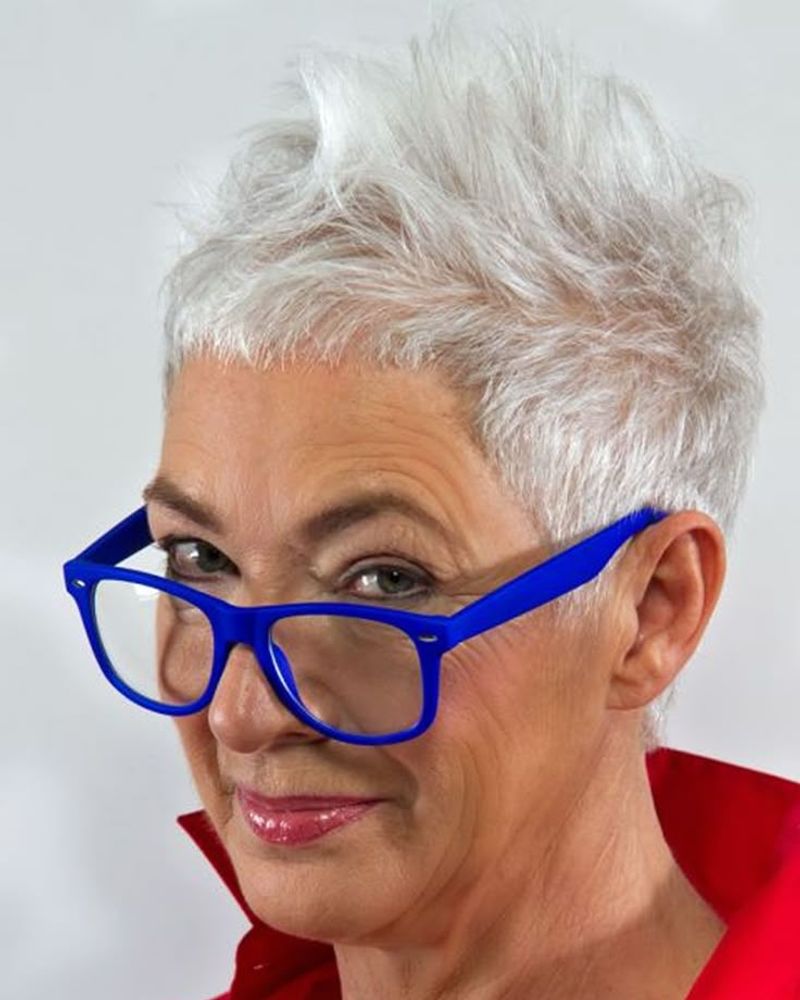
Spiky bangs can provide an edgy appearance but might clash with the natural elegance seen in mature faces. These sharp points can detract from a softer, more cohesive look.
Consider smooth, sleek bangs that enhance the face’s natural lines. This style can offer a modern twist while respecting the grace of aging.
Spiky haircuts became popular with punk fashion, yet today, refinement often better complements the beauty of maturity.
